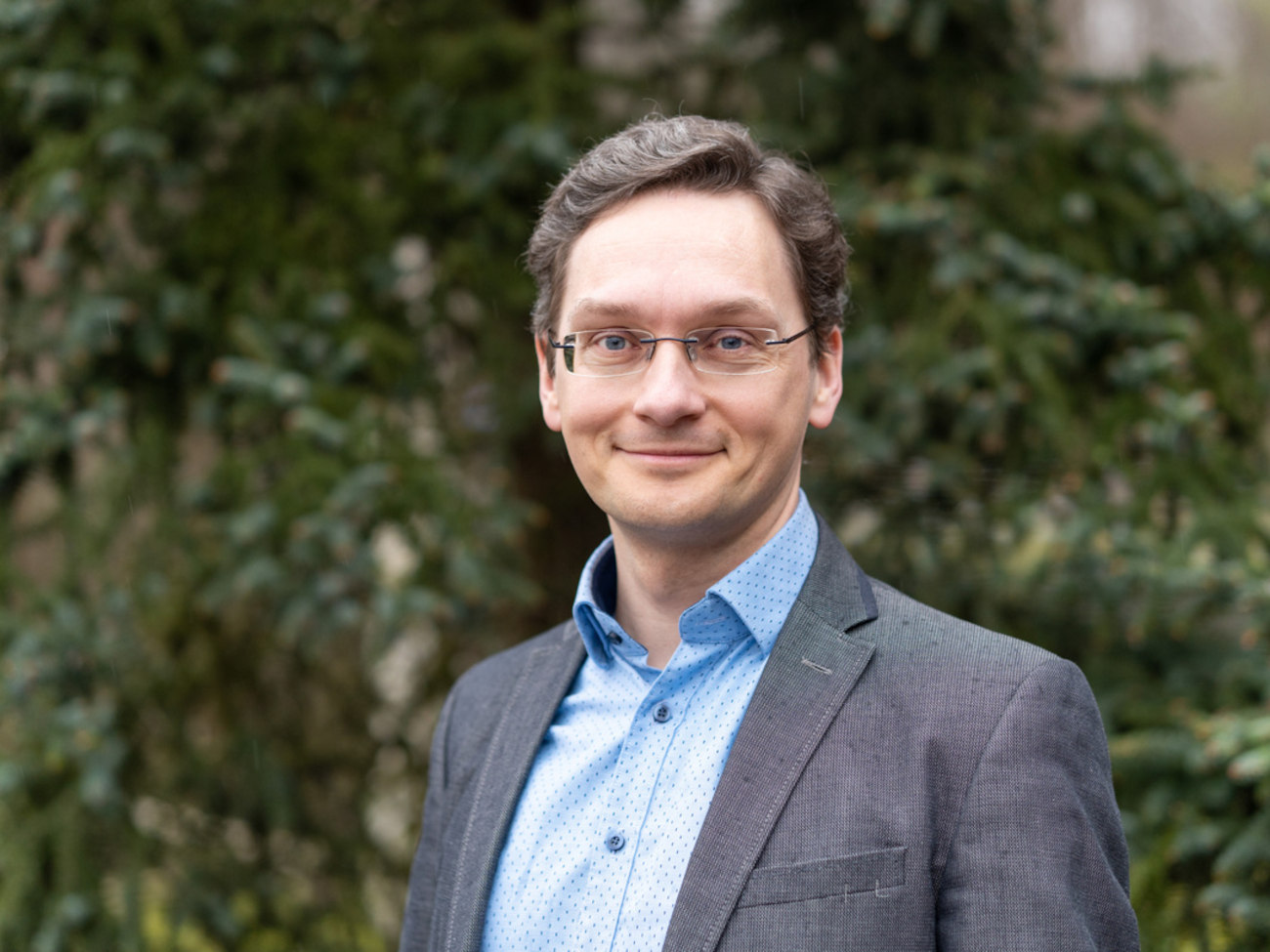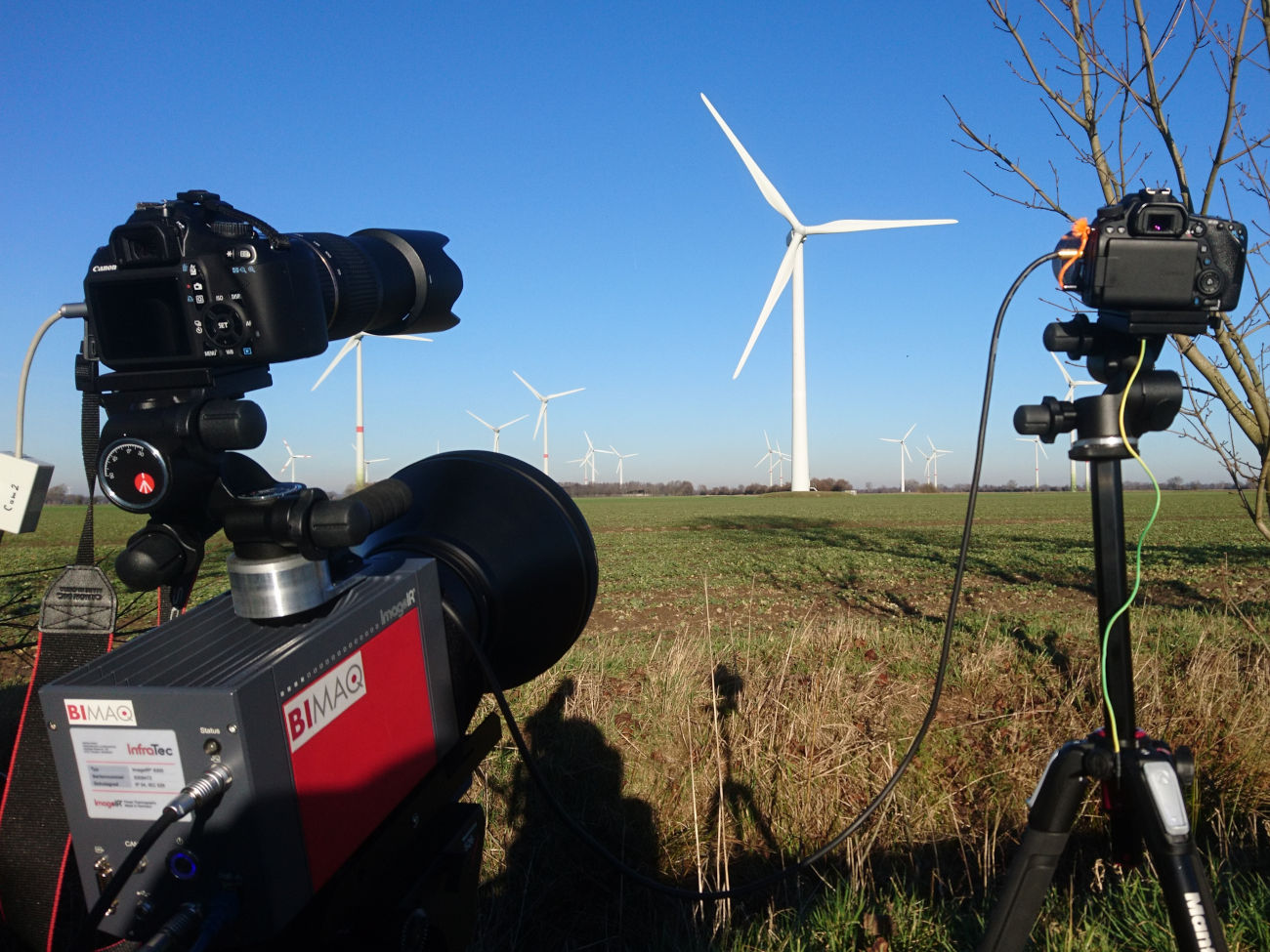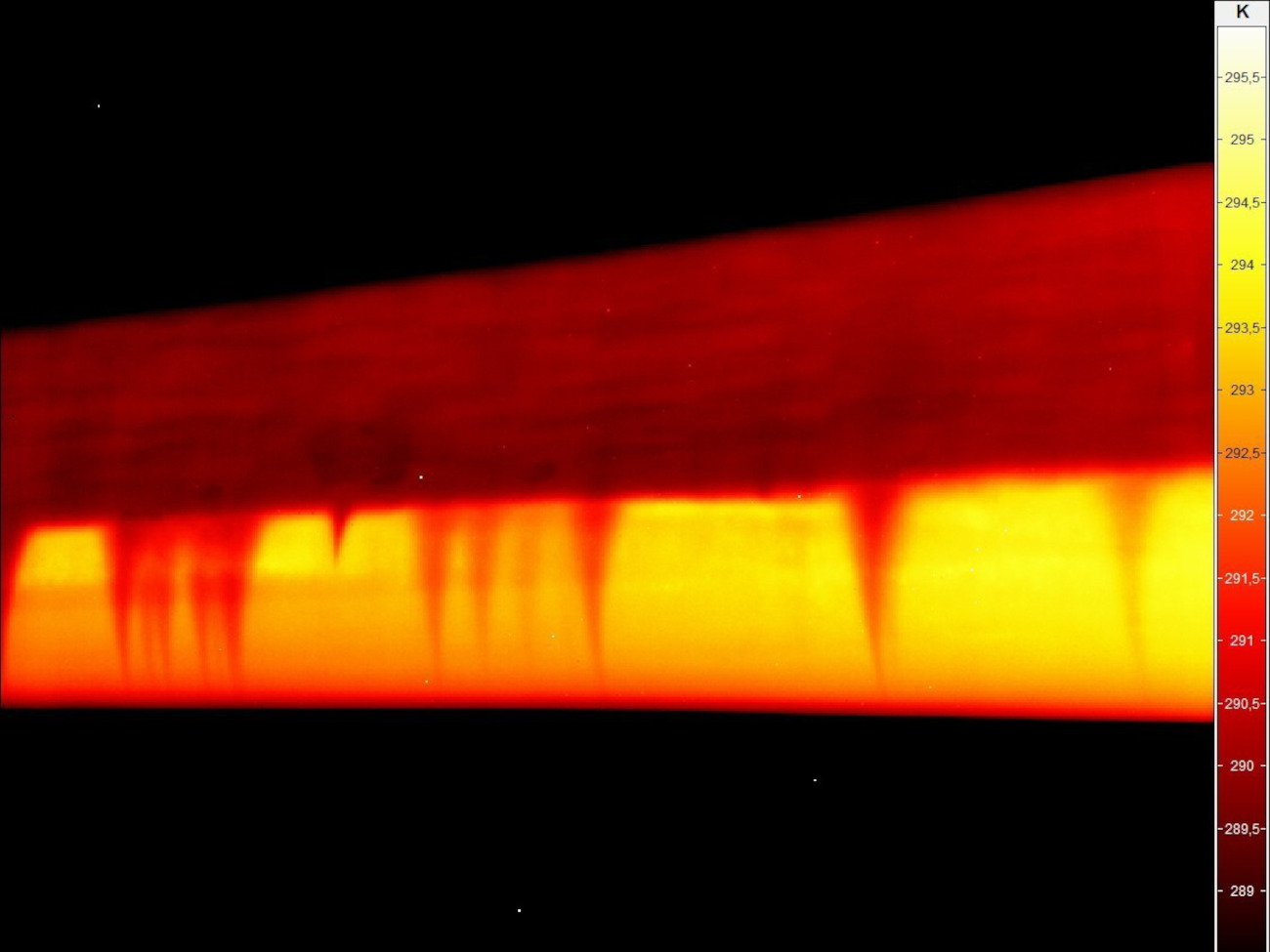
© Pugun & Photo Studio / Adobe Stock
When the Airflow Suddenly Changes
At BIMAQ, Measurements Are Made at the Highest Level
It remains invisible to the naked eye, but with the right technologies and equipment, you can track the airflows on a spinning wind turbine in real time. The latest developments at Professor Andreas Fischer’s institute at the University of Bremen make it possible.
The name of the facility already shows what Professor Andreas Fischer at the Bremen Institute for Metrology, Automation and Quality Science (BIMAQ) is interested in. “Metrology is the beginning of the information society,” the institute director quickly makes clear – and explains the importance of his branch of research: “If I want to evaluate and interpret information, I have to have it first. And we get information – for example on the state of our environment or technical processes – from measurements.”
Precise Measurements as a Service
Executing high-precision measurements in the smallest of dimensions or under difficult conditions: truly not just anyone can do that. But BIMAQ can. As a research institute, it plays a leading role in many fields throughout Europe. The Bremen University institute in the Faculty of Production Engineering also offers its expertise as a service, as there is great demand in industry for measuring and testing that is as exact as possible. “From measurement technology directly in processes to the tactile or optical evaluation of surface quality and nondestructive and noncontact edge-zone analysis, our knowledge is in high demand,” says Fischer. The measurement technology expert had already been drawn to the specialization “automation, measurement, and control technology” during his main studies in electrical engineering at the TU Dresden.

© BIMAQ
Among other things, he is interested in fundamental questions: “There are, after all, limits to measurement technology. It’s all about the quality of the measurements – and at some point, accuracy reaches its quantum-mechanical limits. Things like that fascinate me.” On the other hand, there are very specific applications in which high-precision measurement technology from BIMAQ is used. And in the process, Fischer and his team have achieved groundbreaking successes. For example, when it comes to thermographic flow visualization for wind turbines.
Even before he came to the University of Bremen six years ago, Fischer was heavily involved with laser-optical flow-measurement technology. “We are currently trying to understand and improve flows in wind turbines,” explains the engineering scientist. “In the case of these systems, that specifically means that efficiency and reliability need to be optimized so that wind turbines provide a dependable yield over as many years as possible, meaning reliably produce electricity. The special challenge here: noncontact flow measurements from long distances on running equipment up to 200 meters high.”
Ideal Exchange between Business and Science
BIMAQ has established a very close partnership with Deutsche WindGuard – a company that as an accredited measurement service provider and independent consultant also takes care of the maintenance of wind turbines on land and at sea. “There are, for instance, joint measurement campaigns with the order: ‘We have a newly developed system; please measure the actual flow conditions on the prototype for us.’” Just recently, a team conducted a week-long measurement campaign in Denmark. “Our partner Deutsche WindGuard intends to use the data obtained to solve the problems that arise for customers with new turbines. We, in turn, can learn about the current challenges of the latest systems, research them, and enable solutions with our metrological knowledge. An ideal exchange between business and science – as it should be.”
“We have achieved breakthrough success in thermographic flow visualization on wind turbines.” Professor Andreas Fischer, BIMAQ
A very successful project, which even resulted in a powerful software, illustrates BIMAQ’s concrete work in flow visualization. “It was essentially about the aerodynamic optimization of rotor blades. To achieve that, we developed image-processing algorithms for thermographic images to make the flow around the rotor blades visible. Valuable experience gained from many joint measurement campaigns in the large wind tunnel in Bremerhaven, which is operated by Deutsche WindGuard, and on wind turbines in the open operated by well-known manufacturers was incorporated into the software,” says Fischer. This software is called “Transition Finder” and has since made the work of the company from northern Germany easier.
Flow: Laminar, Turbulent, or Detached
There are basically three different types of flow around an airfoil – regardless of whether it belongs to a wind turbine or an aircraft. The ideal condition is laminar or stratified flow: “The airflow passes undisturbed along the profile surface from front to back,” Fischer explains. Turbulent flow is less efficient because “the energy yield is lower as a result.” The worst, however, is detached flow, “which, of course, you don’t want to have at all. In the case of airplanes this is called a stall; they then crash because they no longer have lift. You can imagine that similar phenomena become a real problem with wind turbines as well. Local flow separation stresses the material, causes noise emissions, and the energy yield drops dramatically.”

© BIMAQ
The so-called transition points are of great importance for the operation of a wind turbine. “These are the moments when the flow changes from laminar to turbulent, or from turbulent to detached,” says Fischer. Sometimes, he says, it is more effective to make minor modifications to create a defined transition from laminar to turbulent in order to make a system more efficient: “It’s not like a car you can just take to the shop. But rather a structure that is 200 meters high, possibly even located on the high seas.” Theoretically, the processes are already well researched – “but as they say in soccer: What matters is what happens on the field!”
What works well in the laboratory or wind tunnel does not necessarily work well in the final location under real conditions. That is precisely the source of Fischer’s research interest: “We are developing measurement systems that will monitor an operating turbine in real time ‘on the fly.’” Because a wind turbine is very large, he says, you have to think about how to “arrange” a measurement. Measurements are either taken from a great distance, or the measurement technology is brought into the turbine – “but that is time-consuming and leads to expensive downtimes.” A technology for sensors directly in the rotor blades has even been developed but has not yet become established – as it is said to be too costly and too complex.
The Infrared Range: Invisible Becomes Visible
This leaves the noncontact approach from a great distance. “The human eye, however, does not see how the flow behaves on the turbine during operation. That’s why we have to go into a range that is invisible to us: the infrared range.” In this spectral range, the flow processes on the rotor blade suddenly become visible. With lighter and darker areas, the transitional area between laminar and turbulent flow becomes comprehensible in photos. This is made possible by temperature differences. “When there is turbulent flow – that is, vigorous mixing – the heat caused by sunlight can be released more easily. We therefore find areas with a higher heat transfer and those with a lower heat transfer. The resulting contrast then shows us where the flow transitions are.”

© BIMAQ
The noncontact temperature measurement from a distance takes place with special cameras and with the help of infrared thermal radiation. “The challenge in a current research project is now to do all of that while the system is running. After all, the rotor blade doesn’t stay still but turns at considerable speeds at times – up to 300 km/h.” Fischer and his group are very successful and global leaders in this field. Several papers on this topic have recently been internationally reviewed and accepted – proof of the quality of scientific results in this field, which, by the way, are funded by the Deutsche Forschungsgemeinschaft (German Research Foundation – DFG) and federal ministries.
Looking to the future, Fischer wants to further explore high-precision noncontact measurement in other contexts as well. He was recently awarded a consolidator grant from the European Research Council (ERC) to fund an interdisciplinary research team under his leadership for five years. In the Indirect Optical Geometry Measurement (InOGeM) project, he now wants to develop the fundamentals and the potential of a paradigm shift in the noncontact, precise measurement of component geometries.
“Up to now, noncontact measurement in production has mostly been carried out with light, but the variety of geometries and materials that can be produced is pushing the classic optical measurement principles to their limits,” explains the BIMAQ boss. He has in mind the development of a method of component measurement using the surrounding air volume. Makes sense. After all, it’s the limits of measurement technology that Fischer wants to push.